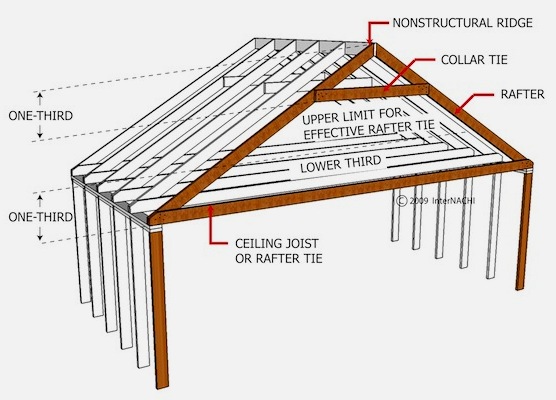
Residential roof failures, namely failure of roof-to-wall connections (RTWC) and loss of roof sheathing, have been studied extensively due to their high rate of occurrence during extreme wind events.

The majority of housing in North America consists of wood-frame, single-family homes ( Amini and van de Lindt, 2014 Standohar-Alfano and van de Lindt, 2016). These are primarily related to the roof and wall cladding systems and the vertical load path between the structural components ( van de Lindt et al., 2013). Significant work has been completed to date to address commonly observed failure modes in residential structures. The resilience of houses during extreme wind events is essential to ensure safety of occupants, minimize damage to internal contents, and lessen the financial burden on communities and insurance providers. The analysis results and damage survey observations are used to expand the understanding of wood-frame residential roof failures, as they relate to the Enhanced Fujita Scale and provide assessment of potential gaps in residential design codes. Furthermore, in the case where the roof-to-wall connection uses hurricane straps, certain framing members and joints become the likely points of failure initiation. However, the results also indicate that certain framing members and connections display significant vulnerability under the same wind uplift, and the possibility of framing failure is not to be discounted. The present analyses verify the common understanding that toenailed roof-to-wall connections are likely to be the most vulnerable elements in the structure of a wood-frame hip roof. Trussed and stick-frame structures are compared to assess the relative performance of the two types of construction. The likelihood of failure in each member is defined based on relative demand-to-capacity ratios.

Two-dimensional finite element models are developed to estimate the element-level load effects on hip roof trusses and stick-frame components. In the current study, evidence of partial framing failures and statistics of their occurrence are explored and discussed, while the common roof design and construction practice are reviewed. However, inspection of damage survey data from recent tornadoes has revealed a previously unstudied failure mode in which hip roofs suffer partial failure of the framing structure.

Hip roofs are commonly understood to be more resilient during extreme wind in relation to gable roofs. Wood-frame residential roof failures are among the most common and expensive types of wind damage. 2Department of Civil and Environmental Engineering, University of Western Ontario, London, ON, Canada.1Boundary Layer Wind Tunnel Laboratory, Faculty of Engineering, University of Western Ontario, London, ON, Canada.


 0 kommentar(er)
0 kommentar(er)
